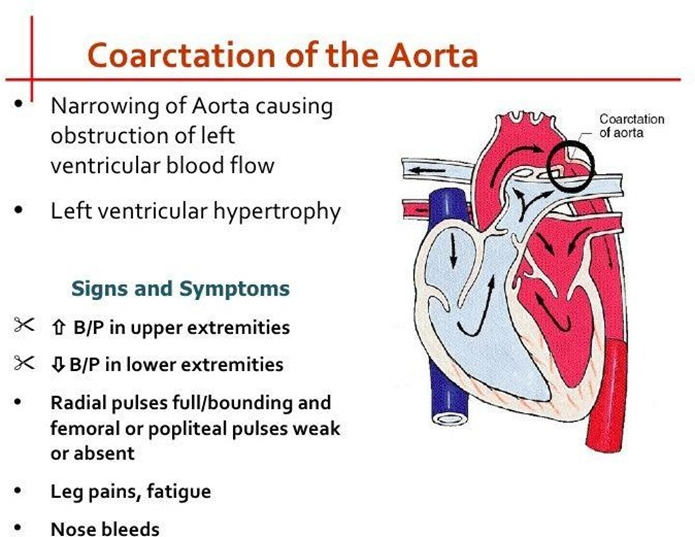A charge nurse is teaching new staff members about factors that increase a client's risk to become violent. Which of the following risk factors should the nurse include as the best predictor of future violence?
A history of being in prison
Male gender
Previous violent behavior
Experiencing delusions
The Correct Answer is C
A. While this may be a risk factor for some behaviors, it is not as strong a predictor of violence as a history of actual violent behavior.
B. Although statistics show higher rates of violence among males, it's not a specific predictor for individual behavior.
C. Previous violent behavior is the strongest predictor of future violence.
Understanding a client's history of violence is critical in assessing risk and planning interventions.
D. While certain types of delusions may increase risk, they are not as definitive in predicting violence as past violent behaviors.
Nursing Test Bank
Naxlex Comprehensive Predictor Exams
Related Questions
Correct Answer is B
Explanation
A. Provide 60 mL (2 oz) of fluid intake every 5 min. Immediately post-surgery, fluid intake is usually more restricted and administered in smaller, more controlled quantities to prevent strain on the surgical site.
B. After gastric bypass surgery, monitoring for signs of complications such as leaks, obstructions, or internal bleeding is crucial. Measuring abdominal girth daily is not typically necessary unless specific complications are suspected.
C. Introducing a soft diet immediately post-surgery is typically delayed to allow healing; patients usually start with clear liquids.
D. Early ambulation is generally encouraged postoperatively to prevent complications like deep vein thrombosis and to promote gastrointestinal function, often starting as soon as the first postoperative day.
Correct Answer is B
Explanation
A. Coarctation of the aorta typically results in hypertension in the upper extremities due to increased pressure proximal to the coarctation.
B. Weak or absent femoral pulses are characteristic findings in coarctation of the aorta due to reduced blood flow to the lower extremities beyond the coarctation. This finding indicates peripheral vascular compromise in the lower limbs.
C. Frequent nosebleeds are not typically associated with coarctation of the aorta.
D. Coarctation of the aorta does not directly affect intracranial pressure.

Whether you are a student looking to ace your exams or a practicing nurse seeking to enhance your expertise , our nursing education contents will empower you with the confidence and competence to make a difference in the lives of patients and become a respected leader in the healthcare field.
Visit Naxlex, invest in your future and unlock endless possibilities with our unparalleled nursing education contents today
Report Wrong Answer on the Current Question
Do you disagree with the answer? If yes, what is your expected answer? Explain.
Kindly be descriptive with the issue you are facing.
